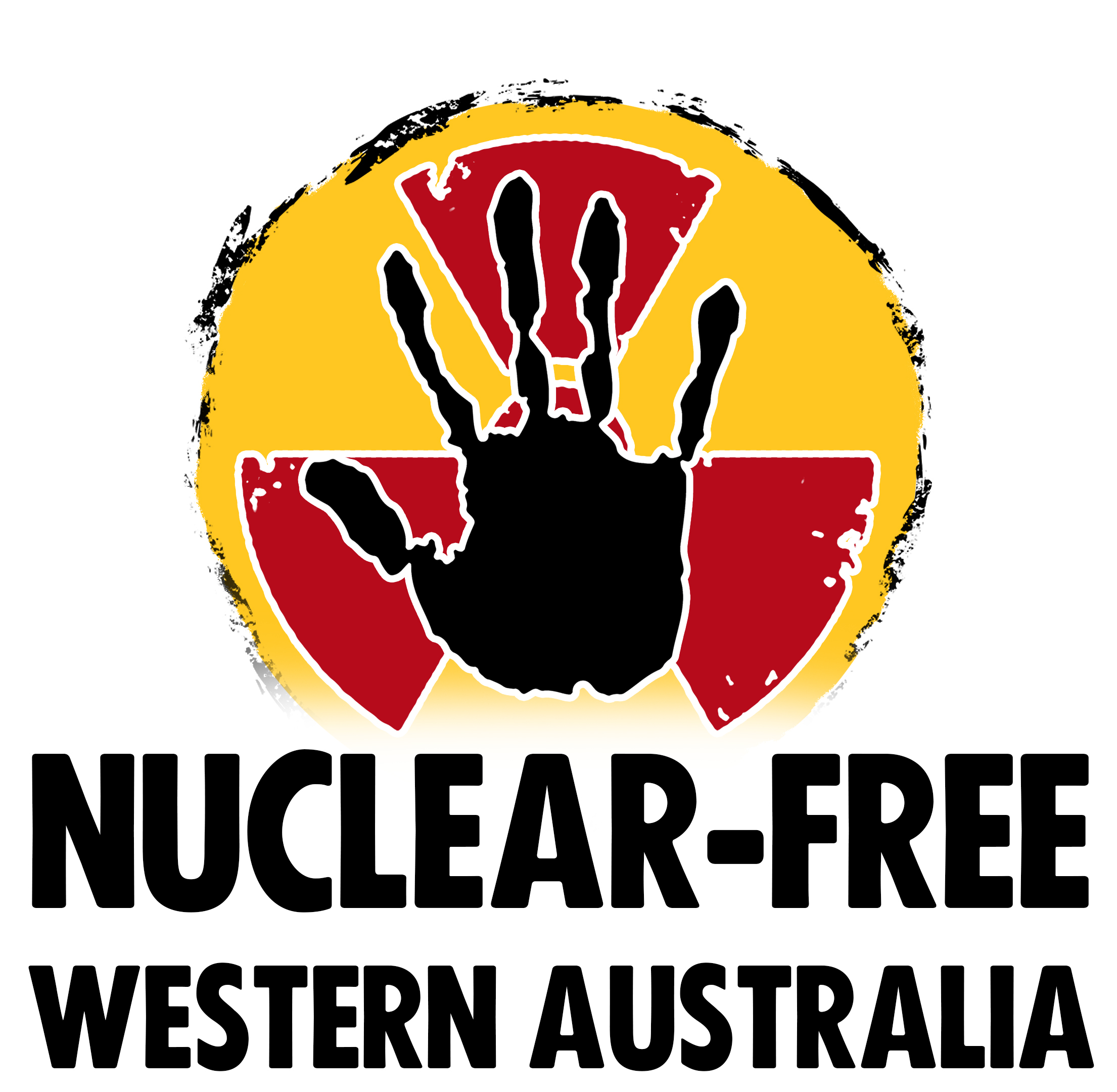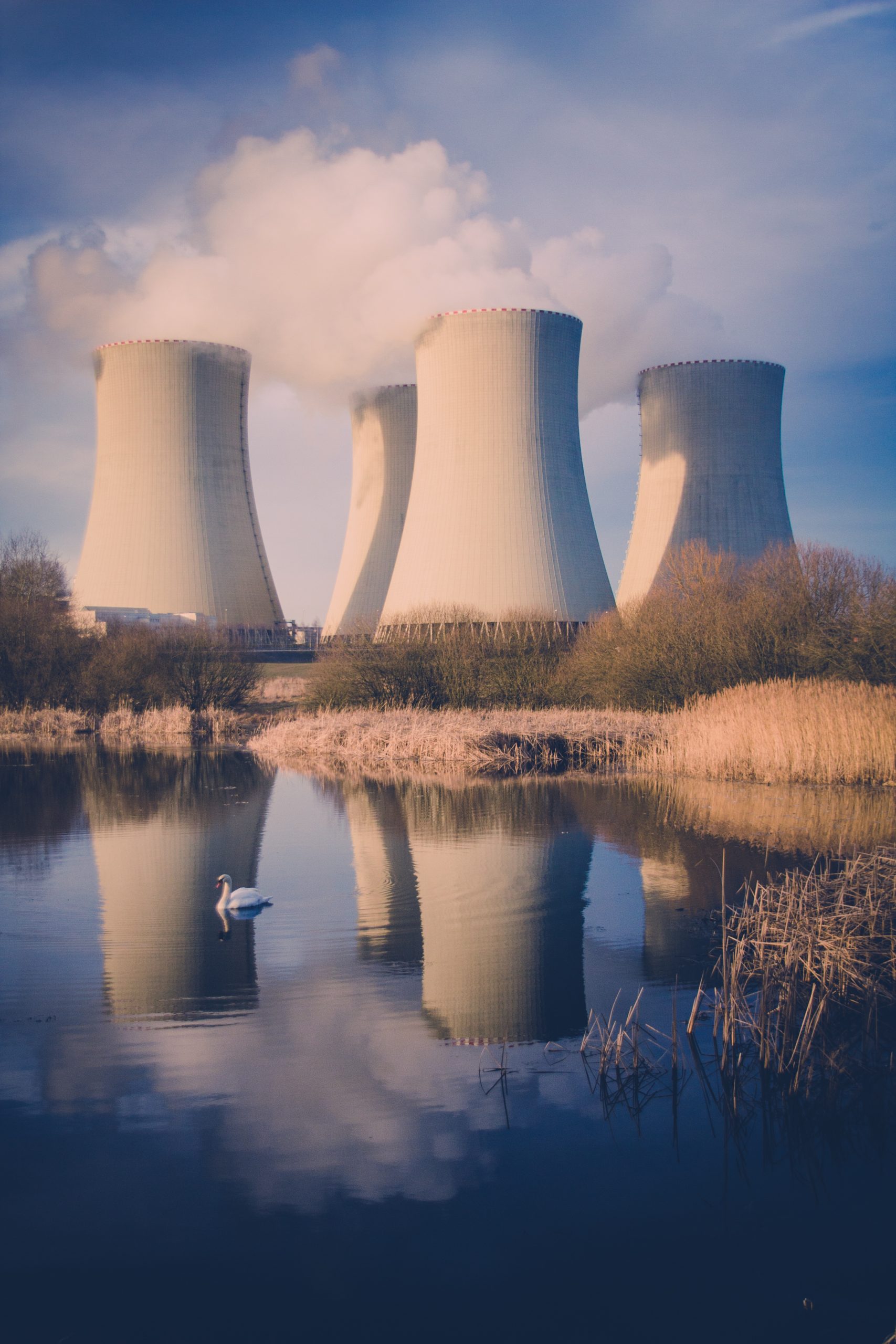On a fateful day in 1999, the small town of Tokaimura in Japan became the epicenter of one of the worst nuclear accidents in history. The Tokaimura nuclear incident wasn't just another event in the energy industry; it was a wake-up call that shook the world to its core. This catastrophic event highlighted the dangers of nuclear power and the importance of safety protocols. In this article, we'll dive deep into the incident, its causes, consequences, and the lessons learned, ensuring you get a comprehensive understanding of what happened in Tokaimura.
The Tokaimura nuclear accident wasn't just a technical failure; it was a human error that cascaded into a disaster of monumental proportions. For those who think nuclear energy is foolproof, this incident serves as a grim reminder of the risks involved. The story of Tokaimura is not just about numbers and statistics but about lives affected and lessons that needed to be learned.
As we explore the depths of this tragedy, we'll uncover the chain of events that led to the disaster, the immediate and long-term impacts, and how the global nuclear energy sector responded. This article aims to provide you with an in-depth analysis, ensuring you're well-informed about the Tokaimura nuclear incident and its implications for the future of nuclear power.
Understanding the Tokaimura Nuclear Incident
The Tokaimura nuclear incident took place in a uranium reprocessing facility operated by JCO, a subsidiary of Sumitomo Metal Mining Co. The accident occurred when workers mixed uranium solution in a precipitation tank, exceeding the critical mass limit. This criticality accident released a significant amount of radiation, affecting workers and residents in the surrounding area.
What Happened in Tokaimura?
On September 30, 1999, three workers at the JCO plant were manually mixing uranium oxide powder with nitric acid to create uranium nitrate solution. They were instructed to use a bucket to transfer the solution into a precipitation tank, but the procedure was not followed properly. The workers added seven times the allowed amount of uranium, leading to an uncontrolled nuclear chain reaction.
This chain reaction lasted for 20 hours, releasing high levels of radiation. The criticality event exposed workers to lethal doses of radiation, and over 300 people in the vicinity were evacuated. The incident highlighted the dangers of manual handling of nuclear materials and the importance of adhering to safety protocols.
- Kurt Russell Wikipedia The Ultimate Guide To A Legendary Career And Life
- Is Shiloh Jolie Pitt Adopted The Truth Behind Angelina And Brads Daughter
The Causes Behind the Tokaimura Nuclear Accident
Several factors contributed to the Tokaimura nuclear accident, and understanding these causes is crucial to preventing similar incidents in the future.
Human Error and Lack of Training
One of the primary causes of the accident was human error. The workers involved in the process had not received adequate training, and they were not familiar with the safety protocols. They deviated from the standard operating procedures, leading to the criticality event.
- Inadequate training for employees
- Failure to follow established safety protocols
- Use of improper equipment for handling nuclear materials
These mistakes were compounded by a lack of supervision and oversight, allowing the workers to proceed with dangerous practices without intervention.
The Immediate and Long-Term Impacts
The consequences of the Tokaimura nuclear incident were far-reaching, affecting not only the workers and residents but also the global perception of nuclear energy.
Health Effects on Workers and Residents
Two of the workers involved in the accident died due to acute radiation sickness, while the third suffered severe health complications. Over 600 people were monitored for radiation exposure, and several residents reported health issues in the years following the incident.
The psychological impact on the community was also significant, with many residents experiencing anxiety and fear about the long-term effects of radiation exposure.
Lessons Learned from Tokaimura
The Tokaimura nuclear incident served as a wake-up call for the global nuclear industry, prompting significant changes in safety protocols and regulatory frameworks.
Strengthening Safety Measures
Following the accident, Japan implemented stricter safety regulations and increased oversight of nuclear facilities. The government also introduced mandatory training programs for workers and established independent monitoring bodies to ensure compliance with safety standards.
Globally, the incident led to increased awareness about the risks associated with nuclear power and the importance of adhering to safety protocols. The International Atomic Energy Agency (IAEA) reviewed its guidelines and recommended stricter measures to prevent similar incidents.
Global Reactions and Policy Changes
The Tokaimura nuclear accident sparked a global debate about the safety of nuclear energy and the need for international cooperation to ensure safe operations.
International Response
Countries around the world responded to the incident by re-evaluating their nuclear safety protocols and investing in research and development to improve safety technologies. The IAEA played a key role in facilitating international cooperation and sharing best practices to enhance nuclear safety.
Several countries also reconsidered their reliance on nuclear power, opting instead for alternative energy sources such as solar, wind, and hydroelectric power. The incident highlighted the need for a balanced energy mix that prioritizes safety and sustainability.
The Role of Technology in Nuclear Safety
Advancements in technology have played a crucial role in enhancing nuclear safety, and the lessons learned from Tokaimura have driven innovation in the field.
Innovations in Nuclear Safety
Modern nuclear facilities are equipped with advanced safety systems, including automated processes, real-time monitoring, and fail-safe mechanisms. These technologies help minimize the risk of human error and ensure that any potential issues are detected and addressed promptly.
Artificial intelligence and machine learning are also being used to predict and prevent potential safety hazards, further enhancing the safety of nuclear operations.
Economic Impact of the Tokaimura Incident
The economic consequences of the Tokaimura nuclear accident were significant, affecting not only the local community but also the global nuclear industry.
Cost of the Accident
The cleanup and compensation costs associated with the Tokaimura incident were estimated to be in the hundreds of millions of dollars. The accident also led to increased insurance premiums for nuclear facilities, making it more expensive to operate such plants.
Furthermore, the incident damaged the reputation of the nuclear industry, leading to decreased public trust and increased scrutiny from regulatory bodies.
Environmental Consequences
The environmental impact of the Tokaimura nuclear accident was another significant concern, with long-lasting effects on the local ecosystem.
Impact on the Local Environment
The release of radiation during the accident contaminated the surrounding soil and water, affecting local flora and fauna. Cleanup efforts were extensive and required the removal of large quantities of contaminated material.
Efforts to restore the environment are ongoing, with scientists monitoring the area to ensure that radiation levels remain within safe limits.
Public Perception and Trust
The Tokaimura nuclear incident had a profound impact on public perception of nuclear energy, leading to increased scrutiny and skepticism.
Building Public Trust
Restoring public trust in nuclear energy has been a challenging task for the industry. Transparent communication, robust safety measures, and community engagement are essential to rebuilding confidence in nuclear power as a safe and reliable energy source.
Education and outreach programs have also been implemented to inform the public about the benefits and risks of nuclear energy, helping to dispel myths and misconceptions.
Future of Nuclear Energy
The future of nuclear energy hinges on the ability of the industry to learn from past mistakes and implement effective safety measures to prevent future incidents.
Innovations and Advancements
Research and development in the field of nuclear energy continue to focus on improving safety and efficiency. New reactor designs, such as small modular reactors (SMRs) and advanced fuel technologies, offer promising solutions for enhancing safety and reducing costs.
As the world grapples with the challenges of climate change and the need for clean energy, nuclear power remains an important part of the energy mix. The lessons learned from incidents like Tokaimura will continue to shape the future of nuclear energy, ensuring that it is safe, reliable, and sustainable.
Conclusion
The Tokaimura nuclear incident was a tragic event that highlighted the dangers of nuclear power and the importance of safety protocols. By understanding the causes and consequences of the accident, we can work towards a safer and more sustainable future for nuclear energy.
We invite you to share your thoughts and insights in the comments below. Have you ever considered the risks and benefits of nuclear power? What lessons do you think the industry can learn from the Tokaimura incident? Let's continue the conversation and work together to ensure a safer and cleaner energy future.
For more articles on energy, technology, and sustainability, check out our other content on the website. Stay informed, stay engaged, and let's build a better tomorrow together.
Table of Contents
- Understanding the Tokaimura Nuclear Incident
- The Causes Behind the Tokaimura Nuclear Accident
- The Immediate and Long-Term Impacts
- Lessons Learned from Tokaimura
- Global Reactions and Policy Changes
- The Role of Technology in Nuclear Safety
- Economic Impact of the Tokaimura Incident
- Environmental Consequences
- Public Perception and Trust
- Future of Nuclear Energy
- Crhsi Rock The Ultimate Guide To The Rock Legend You Cant Miss
- Is Shiloh Jolie Pitt Adopted The Truth Behind Angelina And Brads Daughter


